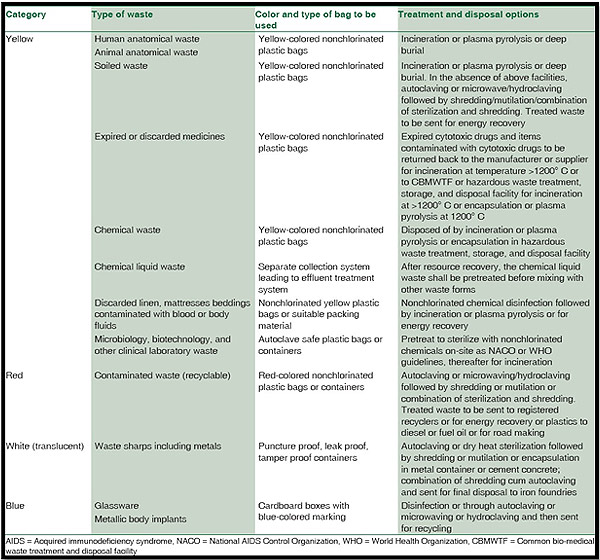3 Easy Facts About Reclaim Waste Shown
Table of ContentsRumored Buzz on Reclaim WasteThe Buzz on Reclaim Waste4 Easy Facts About Reclaim Waste ShownReclaim Waste Can Be Fun For AnyoneHow Reclaim Waste can Save You Time, Stress, and Money.
Residential sewer waste refers to the waste and products from a domestic septic storage tank. The proper monitoring and disposal of domestic sewage waste require fluid waste to be moved to a sewer treatment plant where the proper techniques and devices are used to detoxify and dispose of waste.
Commercial waste typically includes possible risks, such as flammable products or a combination of fluid and solid waste products, and calls for an extra innovative and comprehensive disposal procedure. The disposal of commercial waste usually involves the filtration of waste before transportation to make sure safe and proper disposal. Hazardous waste is produced from by-products and runoff of commercial processes and manufacturing.
This sort of waste can not use the very same sewer administration transport or processes as septic or industrial liquids. The industrial waste administration process needs the inspection and screening of fluid waste prior to it goes through the disposal procedure (liquid waste disposal). Overflow waste is the liquid waste that originates from runoff and excess stormwater in extremely populated locations or cities
Runoff waste can trigger contamination and flooding if not managed appropriately. Ensuring appropriate waste monitoring can protect against catastrophes and minimize environmental injury.
The Greatest Guide To Reclaim Waste
Get in touch with PROS Solutions today to find out about our waste management and disposal solutions and the proper methods to take care of the fluid waste you create.
(https://telegra.ph/Expert-Liquid-Waste-Disposal-and-Removal-Services-in-Melbourne-11-12)This supposed 'wastewater' is not just an important resource yet, after treatment, will certainly be launched to our land, waterways or the sea. Made use of water from bathrooms, showers, bathrooms, kitchen sinks, washings and commercial processes is recognized as wastewater.

water made use of to cool down machinery or tidy plant and equipment). Stormwater, a form of wastewater, is runoff that moves from farming and metropolitan areas such as roofs, parks, yards, roadways, courses and rain gutters right into stormwater drains pipes, after rain. Stormwater streams unattended straight to regional creeks or rivers, ultimately reaching the ocean.
All About Reclaim Waste
In Queensland, most wastewater is dealt with at sewage therapy plants. Wastewater is carried from residential or commercial sites via a system of drains and pump terminals, recognized as sewerage reticulation, to a sewer treatment plant.
The Division of Natural Resources advises regional federal governments about managing, operating and maintaining sewerage systems and treatment plants. In unsewered areas, city governments might need homeowners to set up specific or home sewage therapy systems to treat residential wastewater from toilets, kitchens, shower rooms and washings. The Division of Natural Resources authorizes making use of house systems when they are proven to be efficient.
The majority of stormwater obtains no therapy. In some brand-new communities, treatment of some stormwater to remove litter, sand and crushed rock has actually begun using gross pollutant traps. Wastewater therapy takes place in 4 stages: Gets rid of solid issue. Bigger solids, such go to the website as plastics and various other items mistakenly discharged to drains, are eliminated when wastewater is travelled through displays.
Wastewater after that streams into huge tanks where solids settle and are gotten rid of as sludge. Oil and residue are skimmed from the surface. Uses small living organisms referred to as micro-organisms to break down and get rid of continuing to be liquified wastes and fine fragments. Micro-organisms and wastes are integrated in the sludge. Gets rid of nitrogen and phosphorus nutrients that might create algal blossoms in our rivers and threaten water life.
Fascination About Reclaim Waste
Nutrient elimination is not offered at all sewer therapy plants since it calls for expensive specialised equipment. Clear liquid effluent generated after therapy might still have disease-causing micro-organisms - liquid waste disposal.

Most wastewater flows right into the sewerage system. Under the Act, neighborhood governments carry out authorizations and permits for ecologically relevant activities (Ages) entailing wastewater releases that might have a regional effect.
An Unbiased View of Reclaim Waste
Monitoring gives accurate info about water quality and can validate that licence conditions are being met. The details obtained through surveillance provides the basis for making water high quality choices.